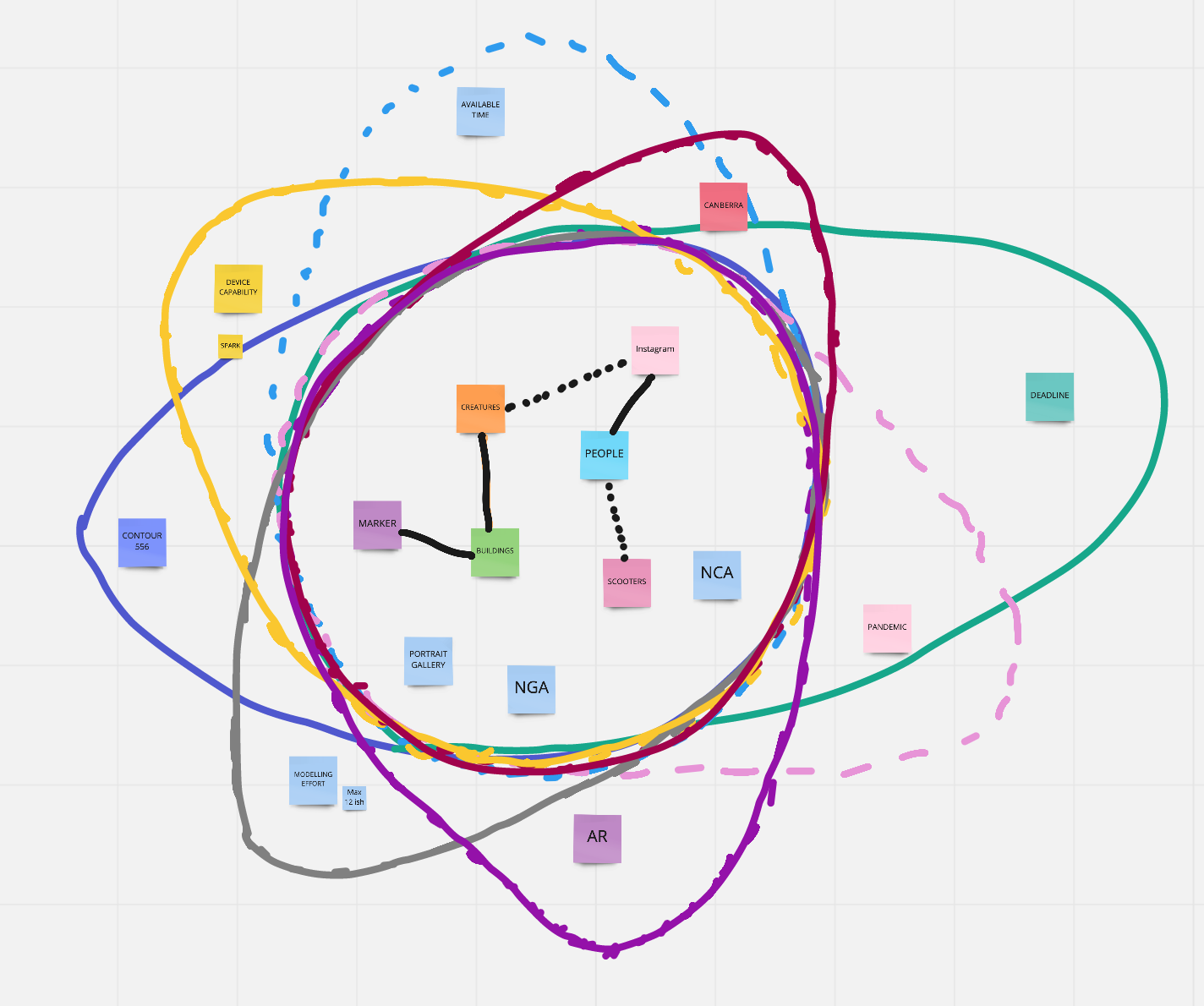A gabled, autogenerated YouTube transcript:
What is the purpose of philosophy? Well, the model critical realists often draw upon is one that was given by the british empiricist and political philosopher John Locke and this is the notion of “philosophical underlabour”. Locke says “the commonwealth of learning is not at this time without master builders whose mighty designs and advancing the sciences will leave lasting monuments to the admiration of posterity”. He is particularly thinking of Newton and of course not everyone can be in Newton. So “it is ambition enough to be employed as an underlabourer in clearing the ground a little and removing some of the rubbish that lies in the way of knowledge”. In other words, philosophy is not concerned with grand system-building master science foundationalism or first principles. It doesn’t contribute to knowledge of the world directly. Instead it works with special sciences and is tasked with clarifying concepts and removing impediments to knowledge. In other words it is about eliminating linguistic confusion - solving problems thrown up in the course of non-philosophical investigations. It is, in some respects, what Wittgenstein called “preventing language from going on holiday”.
Now, so far this isn’t too from from the positivist conception but critical realism takes it a step further. Philosophy is also more than this. The role of philosophical reflection is not only linguistic, it is also practical. In fact, I would suggest here a definition that under-laboring is concerned with articulating the conditions of possibility of practice - looking at the theory behind practice, presupposed by practice and employed within practice.
Now, what do I mean by this the phrase “conditions of possibility”. It is taken directly from Emanual Kant and his notion of “transcendental argumentation”. Now, in his first critique, Kant had one problem: to understand how empirical science is able to come to universal knowledge. This is the same problem that [that temple and popper] tried to take up as well. That, given the world is only presented in particular and individuals like particular events, particular social groups, particular people, Kant wanted to know how we move to universal knowledge like the kind articulated by Newton and the laws of physics. He did this through what he called “transcendental argumentation”. This is a logic which is not inductive or deductive but a kind of reverse ducted deductive argument which, instead of moving from premise to conclusion, moves from a conclusion to premise.
So, only the classic example for Kant (and I’m sorry it’s a little bit abstract but …): given that space and time are universal qualities we don’t experience directly, Kant decided they must be conditions of possibility of experience - they must be the categories found in the mind which arrange and structure our experience - they are the conditions of possibility for any knowledge that exists in the world. So critical realism takes this broad sort of form of logic and, instead of asking about asking it in the Kantian sort of sense, changes it and asks the question “what must the world be like for our thought and our practice to be possible and meaningful?”.
So transcendant argumentation, again, is concerned with the question what are the conditions of possibility for X where X is some significant central or pervasive feature of our experience or practice. Now, insofar as it’s concerned with asking this question, critical realism can, in fact, be understood as a form of [pragmas been] pragmatism which is concerned to articulate the conditions of possibility for our practices to be meaningful. What must the natural world be like for scientific experiment [and to take phases in] meaningful activity? What must the social world be like for our activity to be possible and meaningful? “What must social structures be like to make sense of our practices - or must human agency be like to make sense of our experience?”, Here critical realism is is profoundly influenced by Marxism and the question or the problem that Marx states that all social life is essentially practical or mysteries which lead theory to mysticism find a rational solution in human practice and the comprehension of this practice. Critical realism is very much in this tradition trying to understand human practice and trying to comprehend the conditions of possibility for that practice. In other words, we begin with practice and practices and activity and reflect upon and investigate the conditions of possibility which make sense of and allow us to comprehend our practice clarify in our language and during the process hence clearing the grounds…
https://youtu.be/U5TIyheQk7c?t=1126

